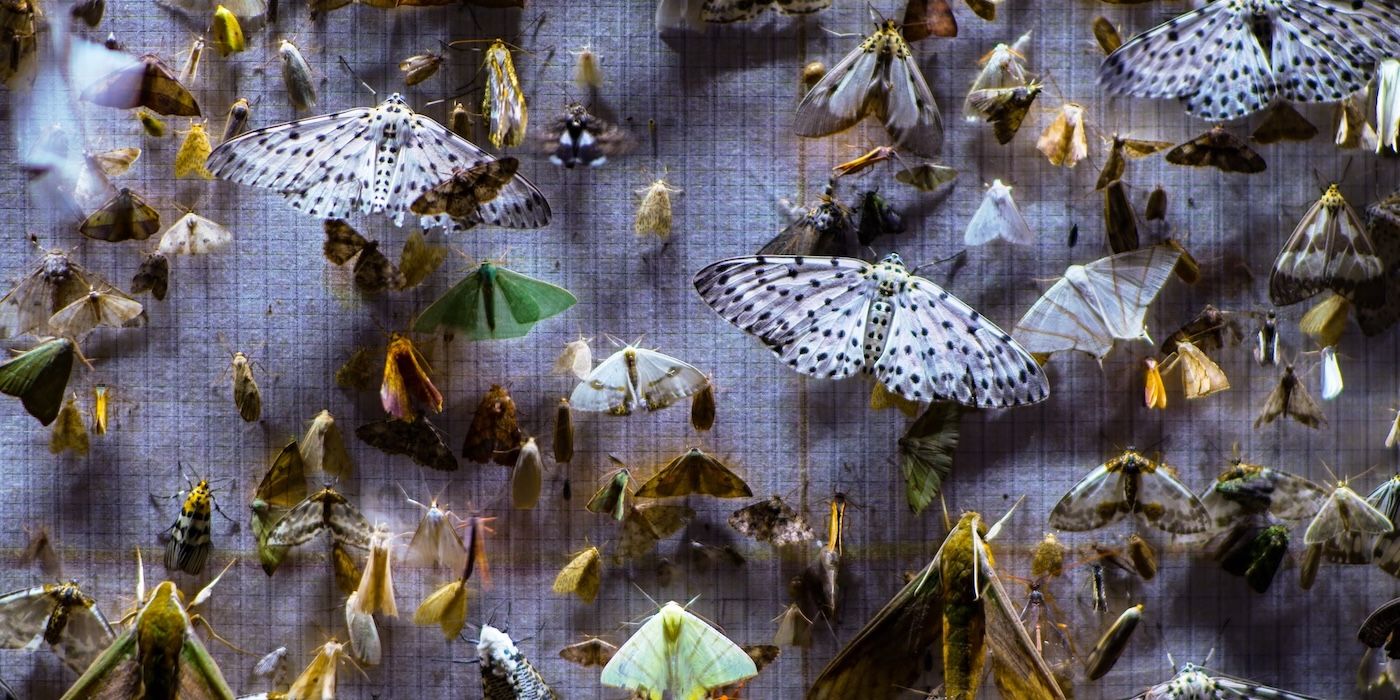
In a departure from the typical structure of nature documentaries that showcase grand vistas, impressive wildlife, and digestible narration, the film “Nocturnes,” directed by Anirban Dutta and Anupama Srinivasan, takes a different approach. Instead of bombastic scenes, it gently introduces viewers to the understated world of moths in the Eastern Himalayas. Rather than focusing on grandeur, this film prioritizes intimacy, encouraging viewers to appreciate the minute, delicate aspects of this vulnerable ecosystem.
Exploring the nighttime habits of moths with a scientist and her aide, the film Nocturnes transports us to a secluded ecological haven on the India-Bhutan border. This isn’t just a trek into biodiversity; it’s a fresh perspective on how we value and understand our natural environment. With careful timing and engaging visuals, this film pushes the boundaries of the documentary genre while encouraging viewers to reflect on our role in the complex tapestry of life.
A Radical Act of Seeing
The film Nocturnes begins enshrouded in total blackness. A subtle whisper of wings can be heard, gradually intensifying to reveal brief bursts of light that highlight the graceful dance of moths. This careful initiation reflects the movie’s core philosophy: genuine awe arises not from grandeur but from taking the time to truly observe. What sets Nocturnes apart is its defiance of conventional nature documentary conventions, which often focus on action or predation. Instead, it finds beauty in tranquility.
Two figures step forth from the darkness, their roles as mysterious as the animals they investigate. The principal researcher, a woman exuding silent resolve, chases after the elusive hummingbird moth. Her assistant – still green in outdoor exploration – serves as an inviting gateway for viewers, his wonder and fascination echoing our own. Upon expressing admiration for the intricate elegance of a moth, he discovers it to be the Death’s-head Hawkmoth (notorious for its chilling link to Silence of the Lambs)), this encounter showcases how the movie reshapes our perspective on these creatures.
In everyday culture, this particular species is frequently used as a quick representation of fear and something sinister, associated with the dark and grim. However, when examined by scientists or portrayed in a contemplative manner in films, it transforms into a symbol of endurance and elegance. This transition from terror to admiration demonstrates the profound connection these creatures have with our own survival.
The Tension Between Nature and Human Attention
Unlike most nature documentaries designed to captivate human audiences through quick edits and dramatic commentary, Nocturnes stands out by advocating for something uncommon: patience. Its unhurried tempo aligns with the natural world’s cadence, a unique method in today’s era where nature is frequently presented as compact highlights. This pace isn’t just about aesthetics; it carries a thematic message. By refraining from urgency, the film underscores the divide between our fast-paced lives and nature’s slower pulses. The flashes of lightning and rumbling thunder are depicted with an intimacy that allays fear, fostering awe instead.
The cinematography skillfully highlights intricate details – like the soft feel of moth wings and the dance between light and darkness in Himalayan foliage – in a tangible manner. The sound design is flawless, crafting an auditory realm that seems as vibrant as its visuals. Leaf rustles, distant thunder, and wing flutters transform into a sensory journey, inviting us to pay close attention and make our own interpretations. The film’s captivating visuals and enveloping sound design, which earned a Special Jury Award for World Cinema Documentary at Sundance, enwrap the audience, turning a cinema into a shared nighttime adventure.
Climate, Class, and the Cost of Curiosity
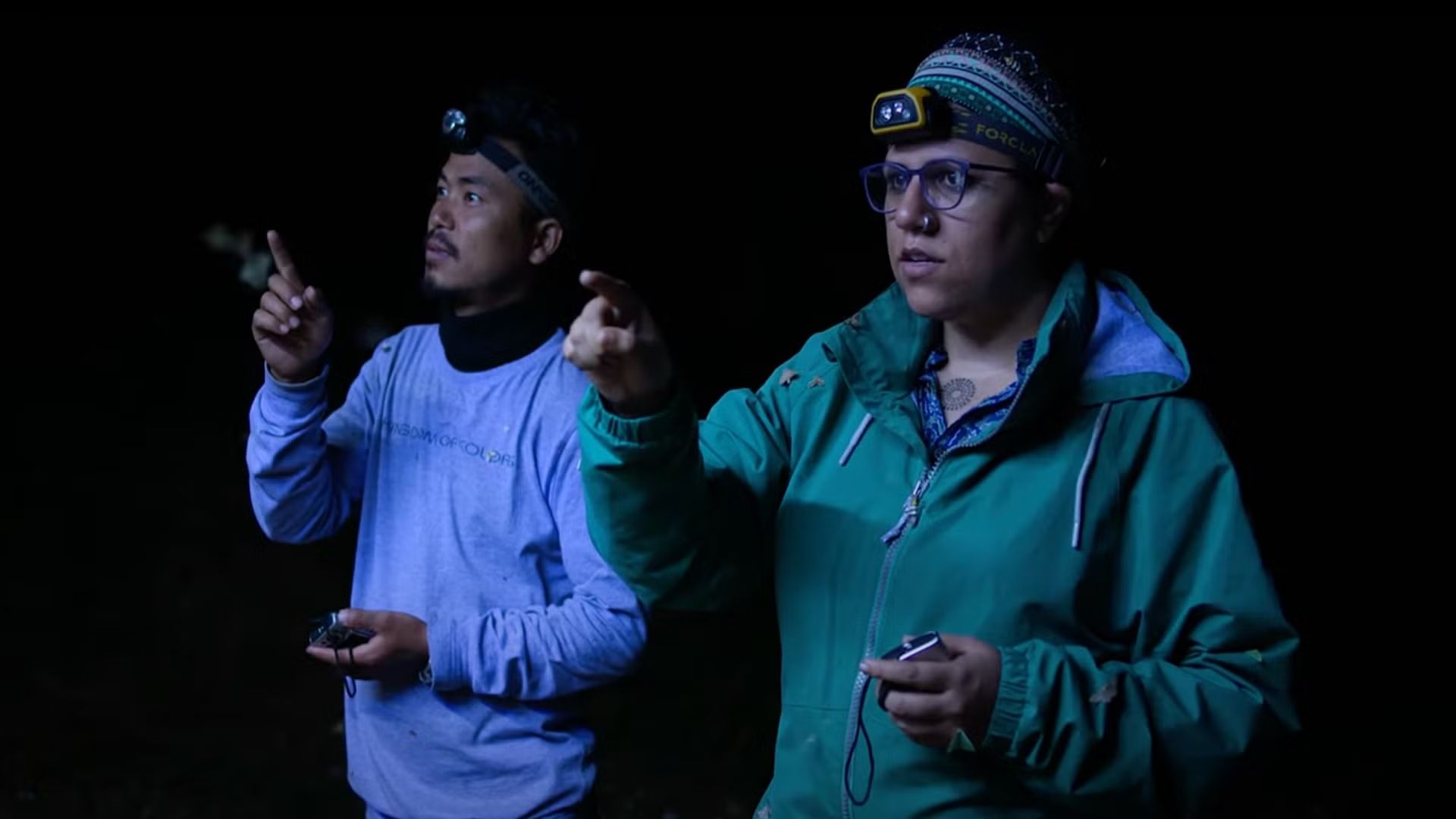
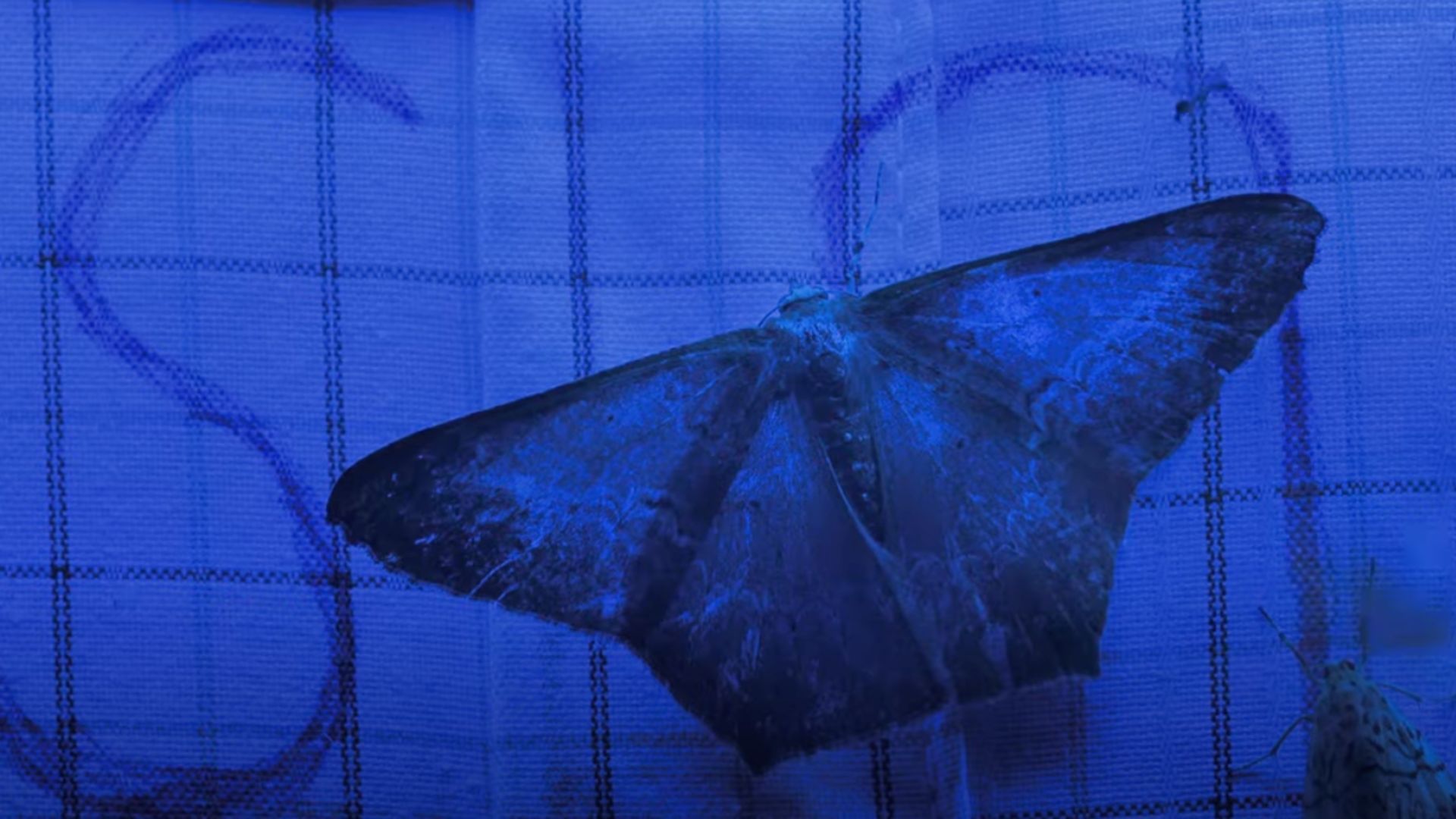
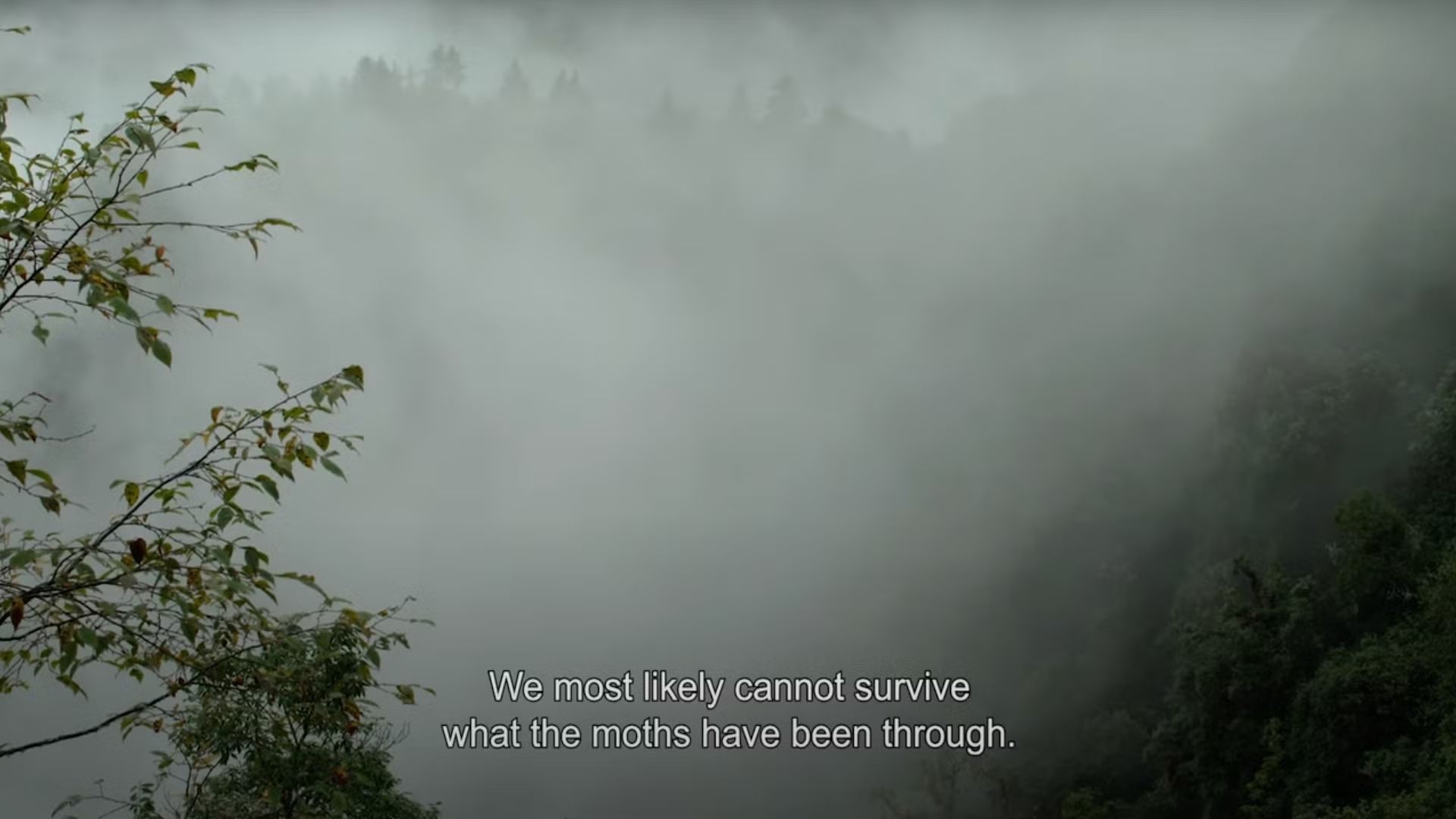
Underneath its radiant visual style, the film Nocturnes delves into a more profound storyline about the vulnerability of ecosystems and the inequalities inherent in conservation efforts. A casual comment on warmer nights (“It was much colder before”) serves as a foundation for the movie’s examination of climate change, demonstrating how increasing temperatures upset delicate harmonies – moths, plants, and predators all connected in a precarious rhythm. The film doesn’t have to lecture; the subtle tension of these changes carries its own impact.
The assistants, hailing from the Bugun and Sherdukpen Indigenous groups, introduce an extra dimension. Their conversations illustrate the intertwining of ecological studies and economic vulnerability. The farming periods and research coincide, leading to a tug-of-war between sustaining life and uncovering new knowledge. By portraying their everyday experiences, the film poses questions about who shoulders the load in conservation efforts and what’s at risk when that burden is unfairly distributed.
A Subtle Yet Urgent Plea
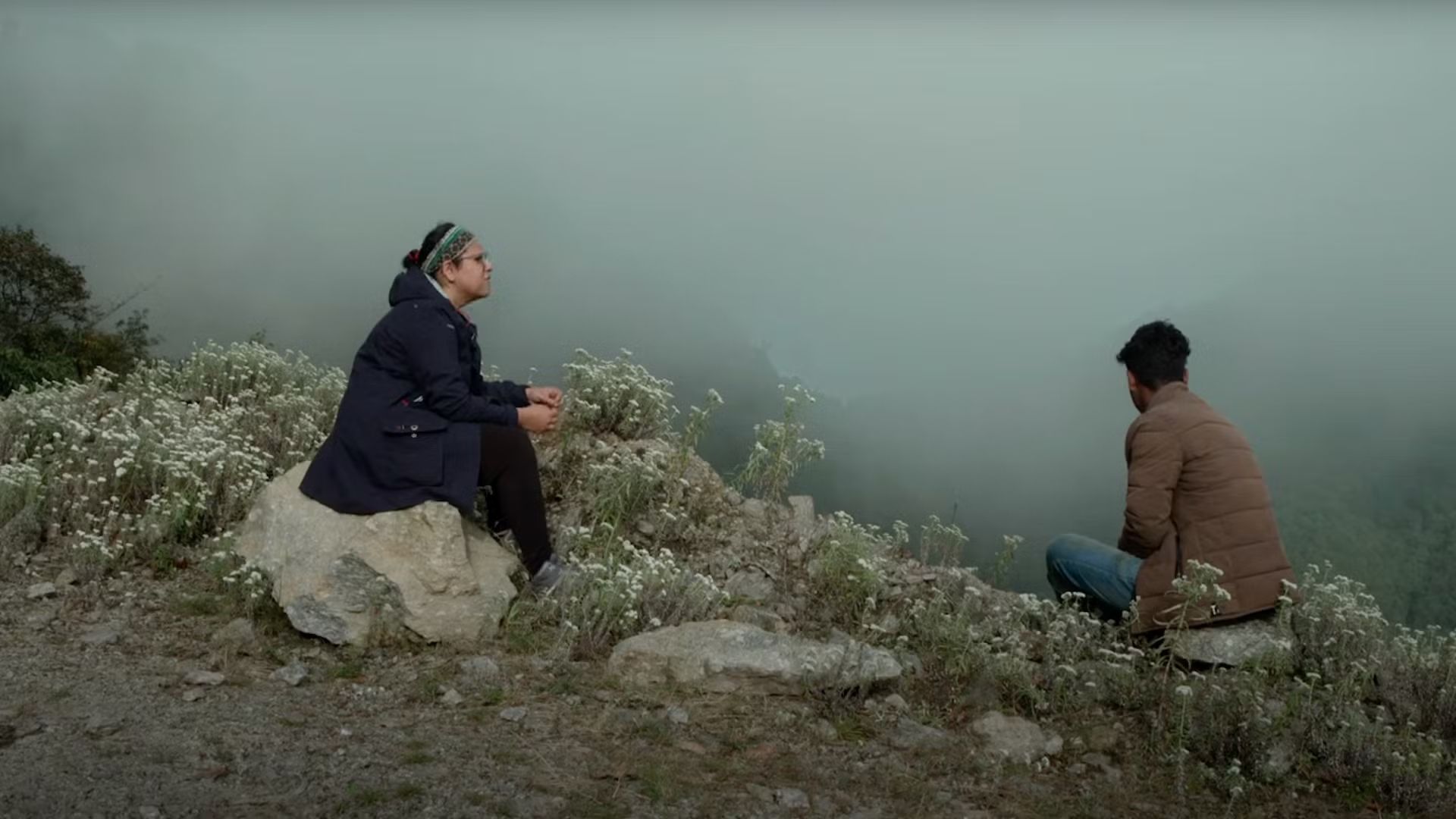
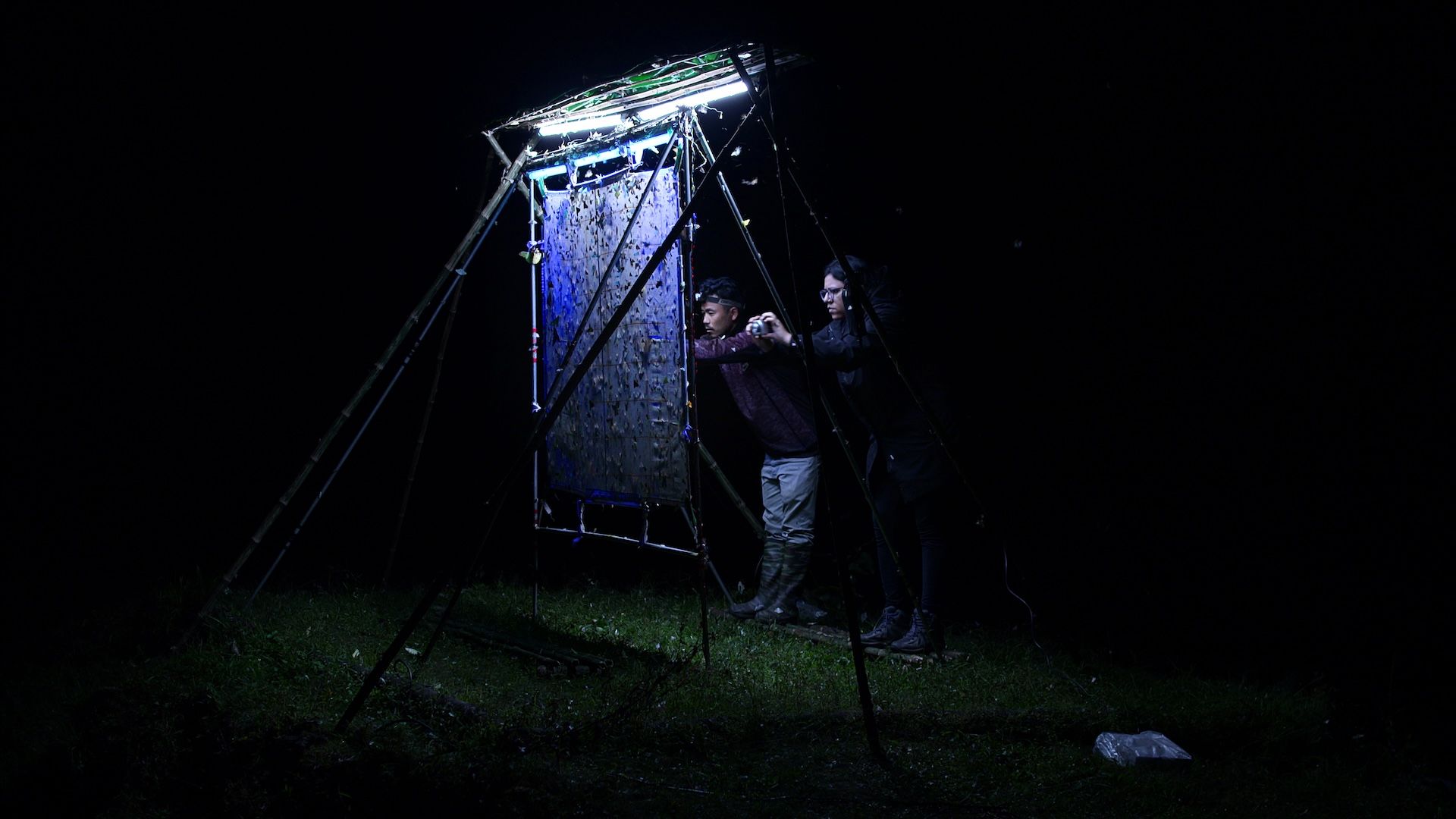
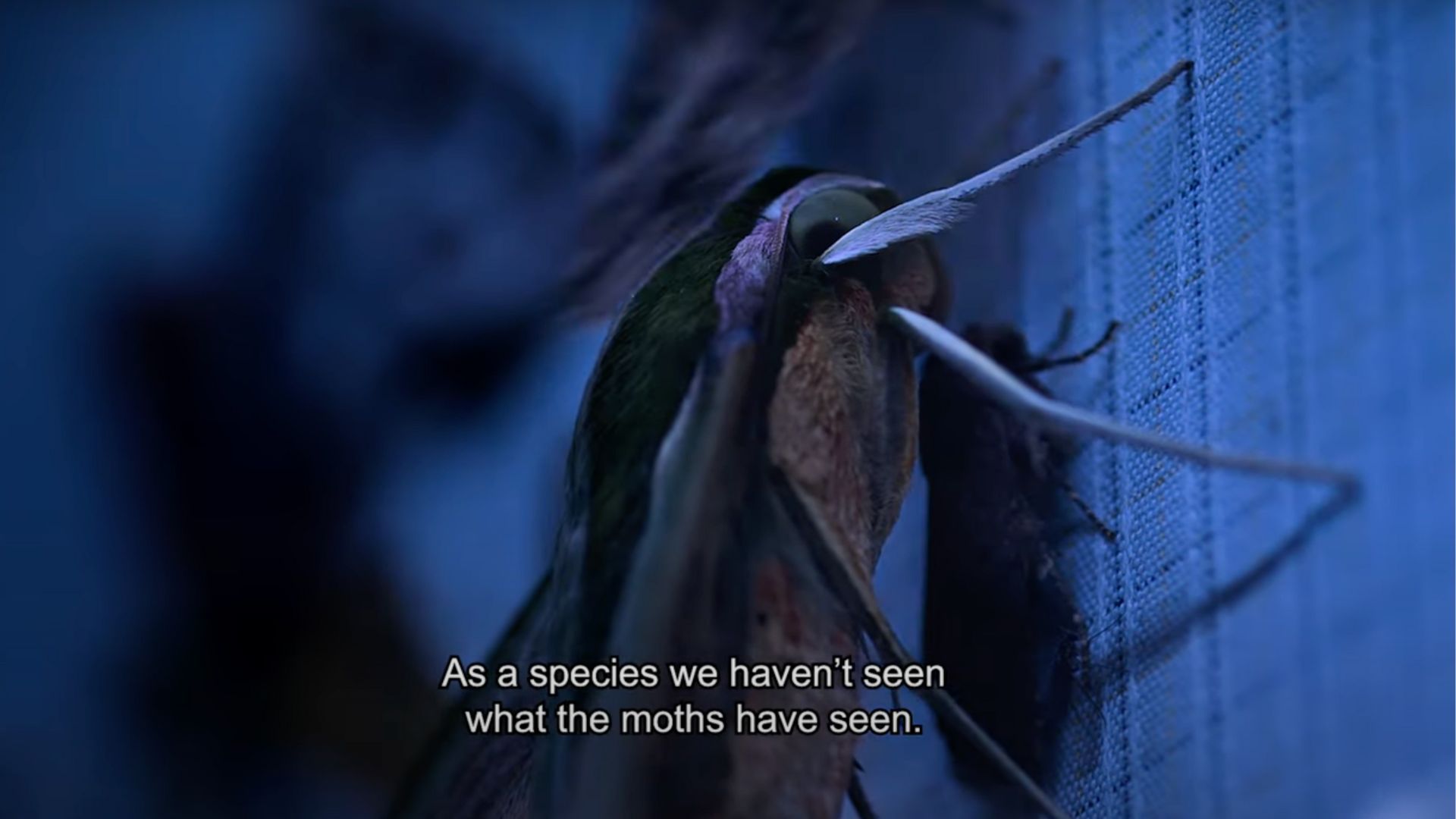
In my perspective as a supporter, I’d say that while many documentaries focus on stirring big emotions and climaxes, Nocturnes chooses a different path by accumulating moments of discovery and revelation. For instance, new species of moths are unveiled, shedding light on how the phases of the moon significantly influence their behavior. These moments may not provide cinematic release but instead foster a deep sense of interconnectedness. The film’s softly lit scenes mirror the nocturnal rhythms of its subjects, immersing viewers in an ecosystem that is seldom witnessed and even more rarely acknowledged.
In a genre generally known for its opulence, “Nocturnes” seems to challenge typical conventions subtly. It refuses to be easily digestible, instead urging us to adjust our perceptions and reevaluate what truly matters. By centering around something as seemingly trivial as moths, the movie serves as a gentle reminder that nothing in nature is inconsequential. The film’s portrayal of moths – from emblems of fear in Hollywood to crucial components of ecological health – emphasizes their importance in pollination and biodiversity. The movie implies that their survival is intrinsically linked with ours.
The movie titled “Nocturnes” isn’t merely a documentary; it advocates for a perspective on life and filmmaking that modern existence (and cinema) has mostly discarded. By employing a leisurely pace and meticulous focus on details, the film makes a compelling argument for the neglected, delicate, and crucial elements of our world. As we grapple with unparalleled ecological emergencies, “Nocturnes” subtly reminds us of the importance of preserving nature for our own survival. For those open to embracing tranquility, this film provides a deeply personal and enlightening journey. “Nocturnes is produced by Sandbox Films, Metamorphosis Film Junction, and Dogwoof. You can find the showtimes and tickets here.
Read More
- Grimguard Tactics tier list – Ranking the main classes
- Gold Rate Forecast
- 10 Most Anticipated Anime of 2025
- USD CNY PREDICTION
- Silver Rate Forecast
- Box Office: ‘Jurassic World Rebirth’ Stomping to $127M U.S. Bow, North of $250M Million Globally
- Mech Vs Aliens codes – Currently active promos (June 2025)
- Castle Duels tier list – Best Legendary and Epic cards
- Former SNL Star Reveals Surprising Comeback After 24 Years
- Maiden Academy tier list
2025-01-22 05:31